|
This recipe makes roughly ½ cup tahini sauce in total, keep this refrigerated for 4 days. Recipe serves ~4
Ingredients
Preparation
Photo: Bon Appétit Fibre is made up of the indigestible parts or compounds of plants, which pass relatively unchanged through our stomach and intestines. The main role of fibre is to keep the digestive system healthy, but did you know it can also help with stabilising blood glucose and cholesterol levels?!
How much?
Types? Soluble
An adult could achieve 30g fibre in one day by eating naturally high fibre foods like:
Tips
"Pain: An unpleasant sensory and emotional experience associated with actual or potential tissue damage, or described in terms of such damage". (International Association for the study of pain)
There can be many contributing factors to pain. Obviously we know that cutting our finger hurts, but if its a small cut, we soon move on, the skin heals and we forget about it. Sometimes however the pain doesn't go away, some people may even experience pain in a previously injured area while just thinking of the movement that caused the pain! If this happens to a larger body part we can have a problem. Around 80% of people will experience an episode of severe back pain during their life. For some this pain will continue and despite medical care they can end up debilitated with no where to turn. I.e there is nothing wrong with them, the pain is all in their heads. In an effort to alleviate their pain, some will turn to long term pain medication use and the associated problems with that. Others will turn to alternative therapies, desperately hoping and believing that a friends anecdotal success will work for them. We understand pain, short term and chronic, many of us have been there and in some cases still live with chronic pain. Before spending your hard earned money on unproven therapies, come and talk to us. See how evidence based therapy is not cold or boring, we use massage, enjoyable movement and knowledge to help you get back to doing what you want. First and foremost, YOU DON'T NEED PROTEIN SUPPLEMENTS TO LOSE WEIGHT.
Yes, protein has a very important role in weight loss however consuming processed protein supplements may actually lead to weight gain rather than weight loss! Why? Because typically they are still high in calories, despite being high in protein (some aren’t even that great), they may be filled with other things such as fats and sugar derivatives. The notion that the more protein you eat the more muscle you gain is false! If you eat protein in excess it is simply stored as FAT. Back to protein and weight loss. When trying to lose weight, protein is certainly required in moderate amounts to compensate for maintaining our muscle mass as we try to introduce a lower overall calorie intake to stimulate weight loss. The consumption of regular and appropriate portions of protein can help stimulate a faster metabolism as protein actually requires the body to use energy to metabolise and digest it compared to carbohydrates and fats. Ensuring protein is in each of our meals and/or snacks also helps to satisfy our hunger and keep us fuller for longer between meals. Many people suffer from neck pain and/or headaches at some point in their lives. For those that experience neck pain more frequently however, it can interfere with their participation and enjoyment of activities of daily living.
Neck pain does not have to derive from a trauma, such as a fall or motor vehicle accident, but can also occur due to prolonged adverse loading secondary to sustained poor postures and muscle imbalances. There are many muscles that attach from our trunk, ribs and shoulder blades to our neck. If these muscles are continually overworking, they can develop painful trigger points, reduce in length, restrict joint motion and increase compressive loading at neck joints. This can contribute towards the aching and tightness experienced in people’s necks. A small percentage of headaches derive solely from the upper neck segments and can occur in combination with tension-type headaches and migraines. Manual therapy such as joint mobilisations and massage can help improve people’s symptoms, however contributing factors such as poor postures, general activity levels, muscle imbalances and muscle strength and length issues, need to be addressed for improved longer term outcomes. Following a competent assessment, your physio can help get you back to doing the things you love. What a pain in the ass...
Pain occurring in the side of the hip, +/- down the leg, can be referred from your lower back or be the result of gluteal muscle dysfunction, particularly the gluteus medius muscle. The gluteus medius and minimus tendons attach onto the greater trochanter of your hip bone. One of their functions is to provide stability to your hip joint when standing on one leg. You know, like when you have to walk :) For various reasons, the gluteal tendons can develop an inappropriate response to compressive load at their attachment site. Painful activities can include walking, running, stairs, sit-to-stand and lying on your side. This condition is often called “bursitis” of the hip however advanced imaging and surgical procedures have revealed a primary pathology (tendinopathy) of the gluteus medius and minimus tendons. One treatment option for gluteus medius tendinopathy is a corticosteroid injection, which can result in a significant reduction in symptoms for approximately 70-75% of people one month post-injection. Unfortunately, these effects can be short-lived, with symptoms often recurring 3-4 months later. Underlying causative factors, such as tendon remodelling, need to be addressed for long term resolution of symptoms. Your physiotherapist will perform a thorough assessment to determine the source of your symptoms (lower back or gluteal tendon) and establish which exercises, taping techniques and manual therapy are appropriate for you and the stage of your gluteal tendinopathy. Close monitoring, adjustment and progression of your exercise programme is required throughout the rehabilitation process. There are many reasons why we can develop knee pain. Pain experienced in the front of the knee is a common problem. People may recall a specific incident that brought on their knee symptoms, or their pain may have developed gradually for no apparent reason. Actual damage in the knee is not necessary to experience pain, sometimes the potential for damage is enough to experience pain.
There can be aggravating activities, which often include climbing stairs, squatting, running, twisting, jumping and kneeling. There is no cookie cutter recipe for the management of knee pain, treatment varies depending on the diagnosis. Your physiotherapist will perform a thorough assessment to determine the correct diagnosis and administer specific hands on treatment and rehab/prehab exercises.She will then work with your goals and preferred activities, to get you back to a symptom-free knee and enjoying daily life. #sportsphysio #newfarmphysio #physiotherapy #sportsmassage#musculoskeletal #myomotion #kneepain The majority of people who experience “tennis elbow” don’t actually play tennis.
Tennis elbow is a condition where a tendon attachment at the elbow becomes injured due to a change in load or activity that the tendon is unaccustomed to eg: using a mattock, screwdriver or crow bar etc. Aggravating activities usually include gripping, shaking hands, picking up a cup or water bottle, wrapping too many presents, turning taps etc. Many times, people cannot even recall any activity that resulted in the onset of their symptoms. There are a myriad of treatment options available for tennis elbow ranging from PRP (platelet rich plasma) and cortisone injections, shockwave therapy, dry needling, bracing, manual therapy and exercise therapy. Unfortunately, there is no such thing as a “quick fix”. Credible scientific research shows no evidence to support the use of shockwave therapy, dry needling or injections. Some people experience immediate, short term relief following a cortisone injection however, over time, they are often worse off than those that have received no treatment at all. Solid evidence supports the use of manual and exercise therapy for pain relief and conditioning of the tendon to be able to cope with daily activities. Your physiotherapist can evaluate your elbow symptoms to determine if the diagnosis is actually tennis elbow or pain resulting from another condition. Home exercise programs are not recipe based and need to be prescribed based on the severity/irritability of your condition and life/sporting/work goals. 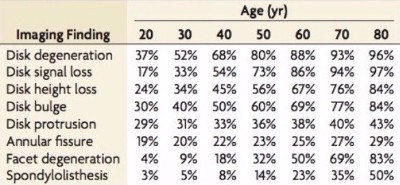 When your low back is sore and it doesn't seem to get better, it's easy to feel like there must be something structurally wrong "in there". The evidence, however, tells us that this is not usually the case. Most often, there isn't a strong link between pain and structural damage. Many times people with chronic pain have very similar MRI findings to those with no pain. For example (see graph) more than half of *pain free* people in their 40s are likely to have a bulging spinal disc, but NO PAIN! Chronic pain is a more complex interaction between the brain, nervous system and body. These pain processes occur outside of your awareness and often outside of your control. But you can take control back. Talk to us about learning to trust your back again. Make an appointment at Myo Motion and learn how to calm down your pain with manual therapy and retrain your brain and nervous system with new movement and thought processes. There is hope for chronic back pain! MRI FINDINGS IN *PAIN FREE* SUBJECTS Active Therapy? A fundamental principle of physio and myotherapy at Myo Motion, is the idea that the human body was built to move. One of our primary goals is to help patients in regaining or improving their ability to move well and without pain. This may be helping a football player rehabilitate after knee surgery or teaching an elderly patient to negotiate daily activities like walking and climbing stairs with strength and stability. This involves the retraining of muscles, tendons, and nerves to build up strength, endurance, and coordination. And how is this done? Through exercise! Of course we also use passive therapies like massage, joint mobilisations, dry needling and other manual soft tissue techniques, but one our primary goals is to help you to "MOVE IT MOVE IT!" Summer is nearly here and for many of us that means increasing our exercise levels, getting out in the beautiful Queensland weather and moving more. For some of us this may also mean more muscle or joint pain. Almost 75 per cent of Australians are not getting enough physical activity, so the words "You need to exercise more" can be like fingernails down a chalkboard for many. The answer this summer? Make it fun! But also try Remedial Massage to help keep away those aches and pains that make exercise more difficult. Most of us love a good massage, but can we be sure that the scientific research supports the idea that Remedial Massage actually helps our aches and pains? Yes we can! Here is a study evaluating how Remedial Massage therapy attenuates inflammatory signaling after exercise-induced muscle damage to the quadriceps muscles: https://www.ncbi.nlm.nih.gov/pubmed/22301554 "In summary, when administered to skeletal muscle that has been acutely damaged through exercise, massage therapy appears to be clinically beneficial by reducing inflammation and promoting mitochondrial biogenesis." Here is a systematic review showing the effectiveness of Remedial Massage for the management of musculoskeletal disorders and injuries of the upper and lower extremities: https://www.ncbi.nlm.nih.gov/pubmed/26386912 "Our review clarifies the role of soft-tissue therapy for the management of upper and lower extremity musculoskeletal disorders and injuries. Myofascial release therapy was effective for treating lateral epicondylitis and plantar fasciitis. Movement re-education was also effective for managing lateral epicondylitis. Localized relaxation massage combined with multimodal care may provide short-term benefit for treating carpal tunnel syndrome" At Myo Motion, we are continually letting the evidence inform our treatment offerings, and we are pleased to say that Remedial Massage and Exercise Therapy are supported by science as effective interventions for musculoskeletal pain and dysfunction. |
AuthorEvidence based advice on Physiotherapy, Massage and Myotherapy. Archives
June 2017
Categories
All
|


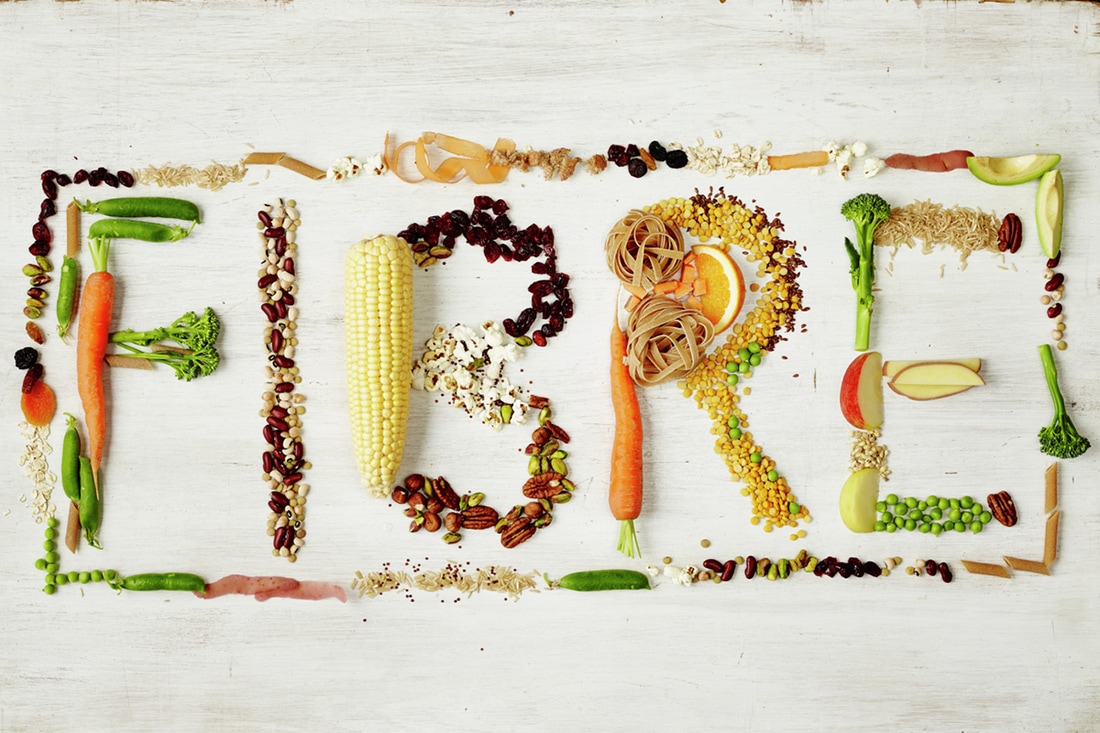
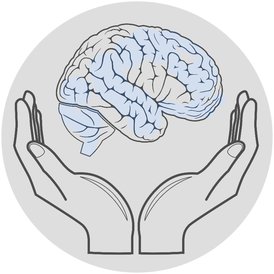
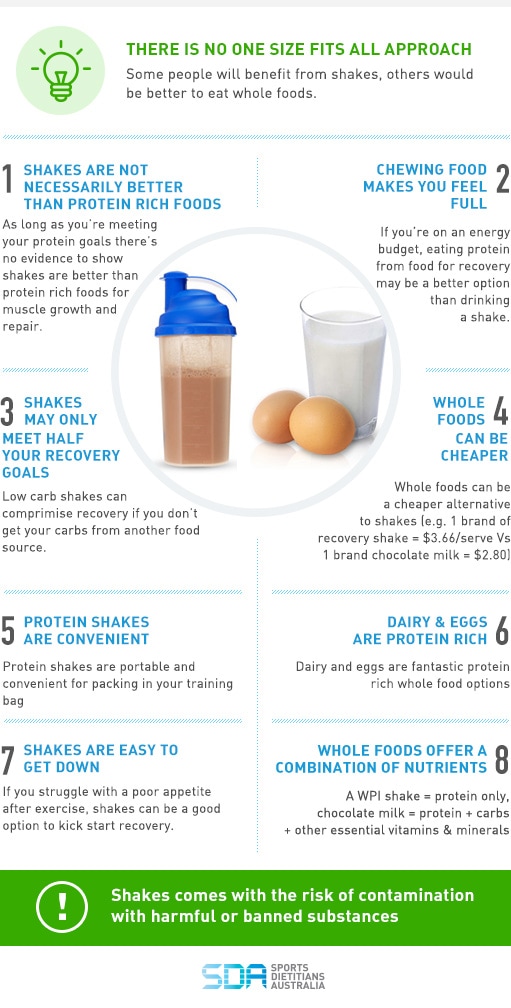
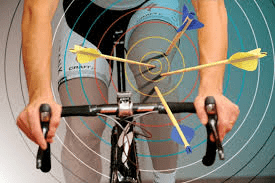
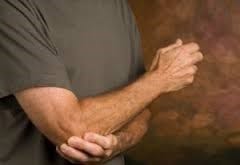
 RSS Feed
RSS Feed
